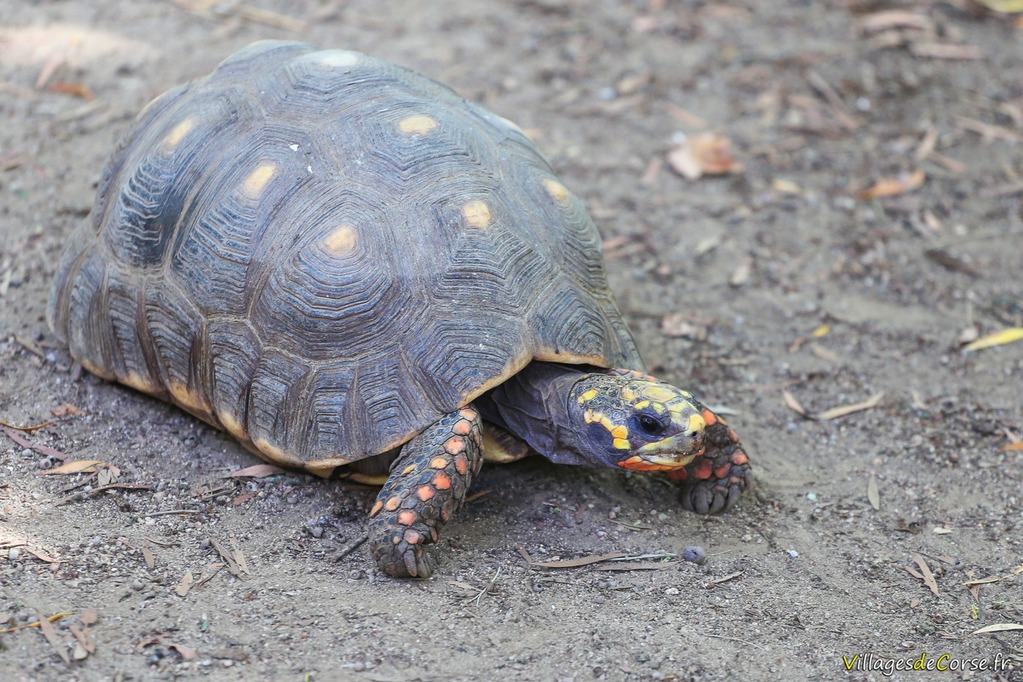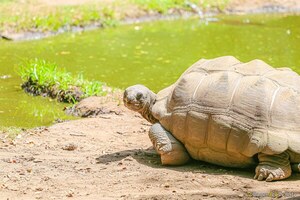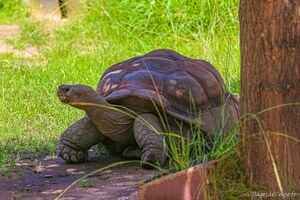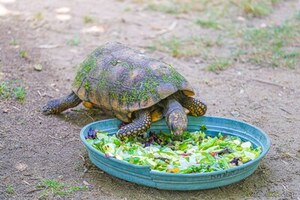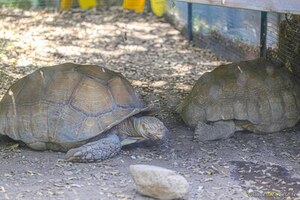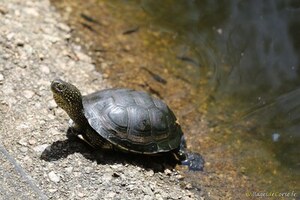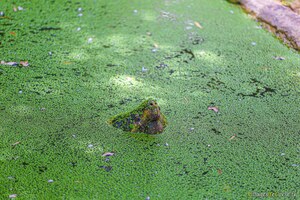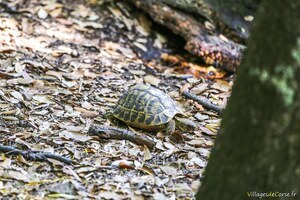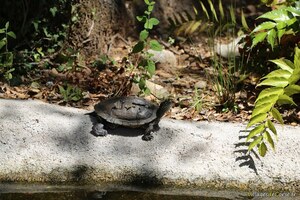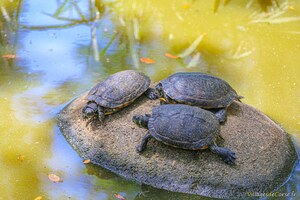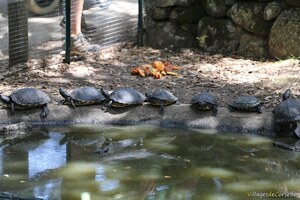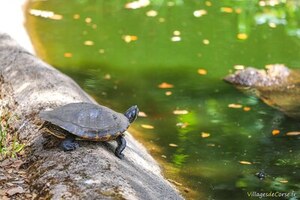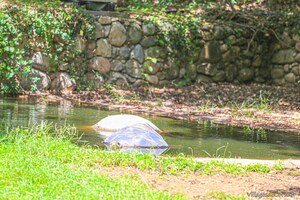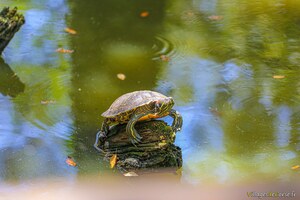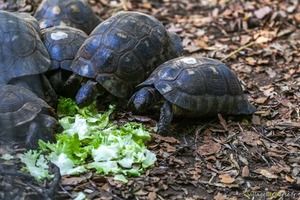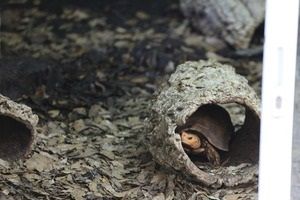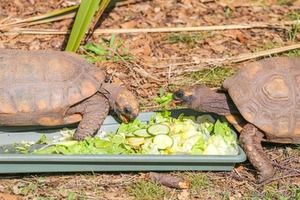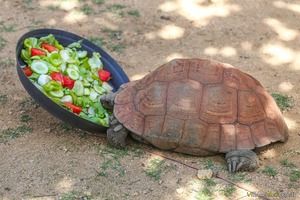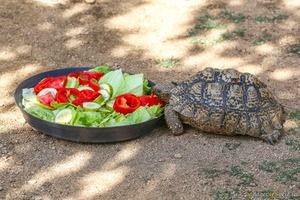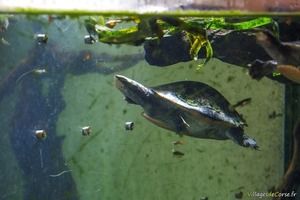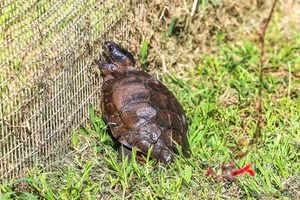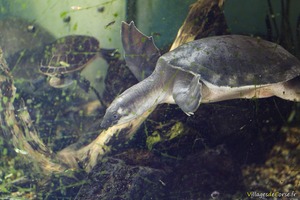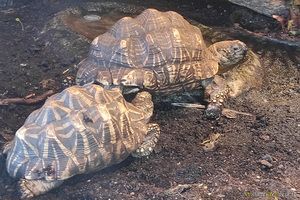- Activities
- Animals
- Zoo
- Chestnut turtle
Chestnut turtle
The hawksbill turtle
The hawksbill turtle(Chelonoidis carbonarius) takes its name from the dark color of its skin and shell. Native to northern South America, it lives in savannahs and dry forests, in more arid environments than its close cousin, the denticulated turtle.
Habitat and lifestyle
This terrestrial species is equally at home in grassy areas and undergrowth. Active in the morning and at the end of the day, it travels long distances in search of food or water. An excellent swimmer, it doesn't hesitate to cross pools or river arms to get around.
Diet and behavior
Omnivorous, the hog-nosed turtle feeds on fruit, plants and mushrooms, as well as invertebrates and carrion. They are also coprophagous, consuming nutrient-rich excrement that plays an ecological role in recycling organic matter. Its curious behavior and calm temperament make it fascinating to observe.
Threats and conservation
In Brazil, this turtle is often captured for its meat, considered to be "lean meat". Drought-tolerant and able to survive for long periods without food or water, it is easily transported over long distances. But hunting, illegal trade and deforestation pose a serious threat to the species. Conservation programs, such as those at Park A Cupulatta, aim to raise public awareness and protect its natural habitat.
Click here to discover and visit the A Cupulatta turtle park near Ajaccio.
